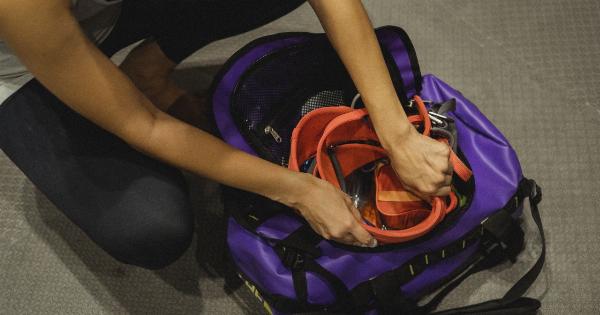Using condoms is an essential step in taking control of your sexual health.
Whether you’re a beginner or have some experience, it’s important to know how to properly use condoms to maximize their effectiveness in preventing sexually transmitted infections (STIs) and unintended pregnancies. This guide will walk you through the basics of condom use, from choosing the right condom to ensuring proper usage.
1. Choosing the Right Condom
When it comes to condom selection, there are a few factors to consider:.
Size: Condoms come in various sizes, from snug to larger sizes. It’s crucial to find a condom that fits comfortably to ensure maximum protection.
Material: Condoms are typically made from latex, polyurethane, or polyisoprene. Latex is the most common and effective material, while polyurethane is an alternative for those with latex allergies.
Texture: Some condoms feature textures like ribs or studs for added stimulation. Experiment with different textures to see what you and your partner prefer.
2. Proper Storage
Condoms should be stored in a cool and dry place, away from direct sunlight or extreme temperatures. Heat and sunlight can weaken the latex, making the condom more prone to breakage.
Avoid keeping condoms in your wallet or glove compartment for an extended period as friction and heat can compromise their quality.
3. Checking for Expiration
Expired condoms may not provide adequate protection against STIs or pregnancy. Always check the expiration date before using a condom. Expired condoms should be discarded and replaced with fresh ones.
4. Opening the Condom
Handle the condom package with care to avoid accidental tearing. Use your fingers to gently tear open the wrapper, avoiding using sharp objects that could damage the condom inside.
5. Putting on the Condom
Follow these steps to correctly put on a condom:.
Step 1: Make sure the penis is erect before applying the condom. This ensures a secure fit and reduces the risk of the condom slipping or breaking.
Step 2: Pinch the tip of the condom to leave a small reservoir at the end. This extra space collects semen and reduces the chances of the condom breaking during ejaculation.
Step 3: Unroll the condom down the shaft of the penis. If you accidentally place it on the wrong side or inside out, discard it and start with a new one to avoid exposure to bodily fluids.
Step 4: Smooth out any air bubbles along the condom’s surface. This helps prevent breakage during intercourse.
6. During Intercourse
While using a condom, keep the following things in mind:.
Consistent Use: Use a condom for the entire duration of vaginal, anal, or oral sex. Withdraw the penis immediately after ejaculation while holding the base of the condom to prevent slippage.
Extra Lubrication: Adding a water-based lubricant (avoid oil-based lubricants) to the outside of the condom can enhance pleasure and reduce the risk of breakage.
Communication: Open lines of communication with your partner regarding condom use. Discuss your preferences and ensure mutual agreement to prioritize both partners’ sexual health.
7. After Intercourse
After ejaculation, hold the base of the condom firmly to prevent it from slipping off. Withdraw the penis while it is still erect to avoid any spillage. Carefully remove the condom and tie the open end to prevent any accidental leakage.
Dispose of the condom appropriately, such as wrapping it in tissue and placing it in a trash can. Do not flush condoms down the toilet, as they can cause plumbing problems.
8. Possible Issues and Solutions
Condom Breakage: If a condom breaks during intercourse, stop immediately. Replace the damaged condom with a new one before continuing.
If you are concerned about STIs or pregnancy, consider emergency contraception and consult a healthcare professional.
Allergic Reactions: Some individuals may experience latex allergies. If you or your partner is sensitive to latex, opt for non-latex alternatives like polyurethane or polyisoprene condoms.
9. Additional Tips
Here are a few more tips related to condom use:.
Consistency: Use a condom every time you have sex, regardless of whether or not your partner is using another form of birth control. Condoms not only prevent pregnancy but also protect against STIs.
Double Protection: Using both condoms and another form of contraception, such as hormonal birth control, provides dual protection against unplanned pregnancies and STIs.
Storage: Do not expose condoms to extreme temperatures or sharp objects. Always carry a fresh condom in case of spontaneous sexual encounters.
10. Conclusion
Using condoms correctly is crucial in maintaining sexual health and preventing unplanned pregnancies and STIs.
By choosing the right condom, storing and using them properly, and knowing how to address potential issues, you can enjoy safe and pleasurable sexual experiences. Remember, open communication with your partner and consistent condom use are key to maintaining a healthy sex life.


























